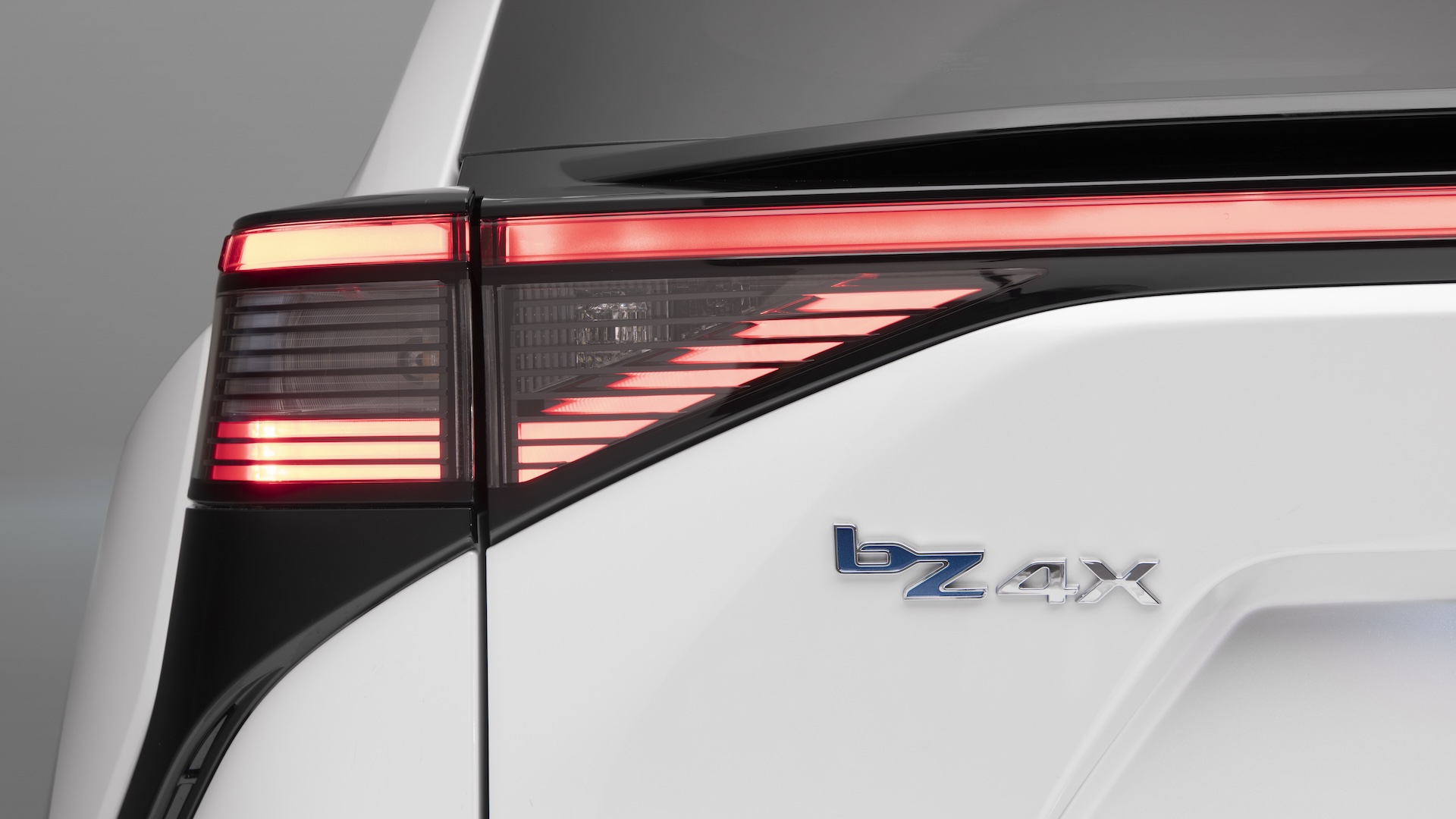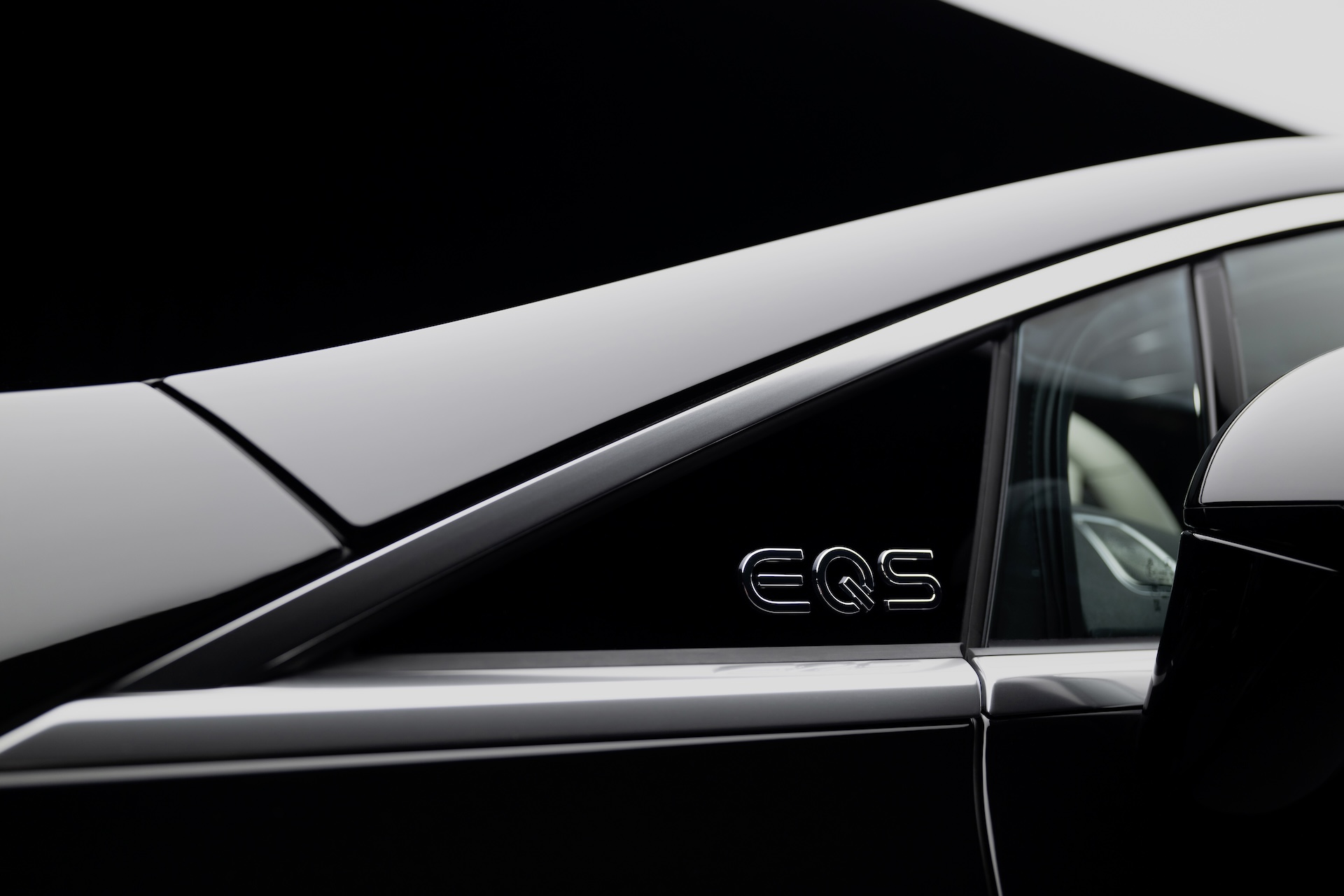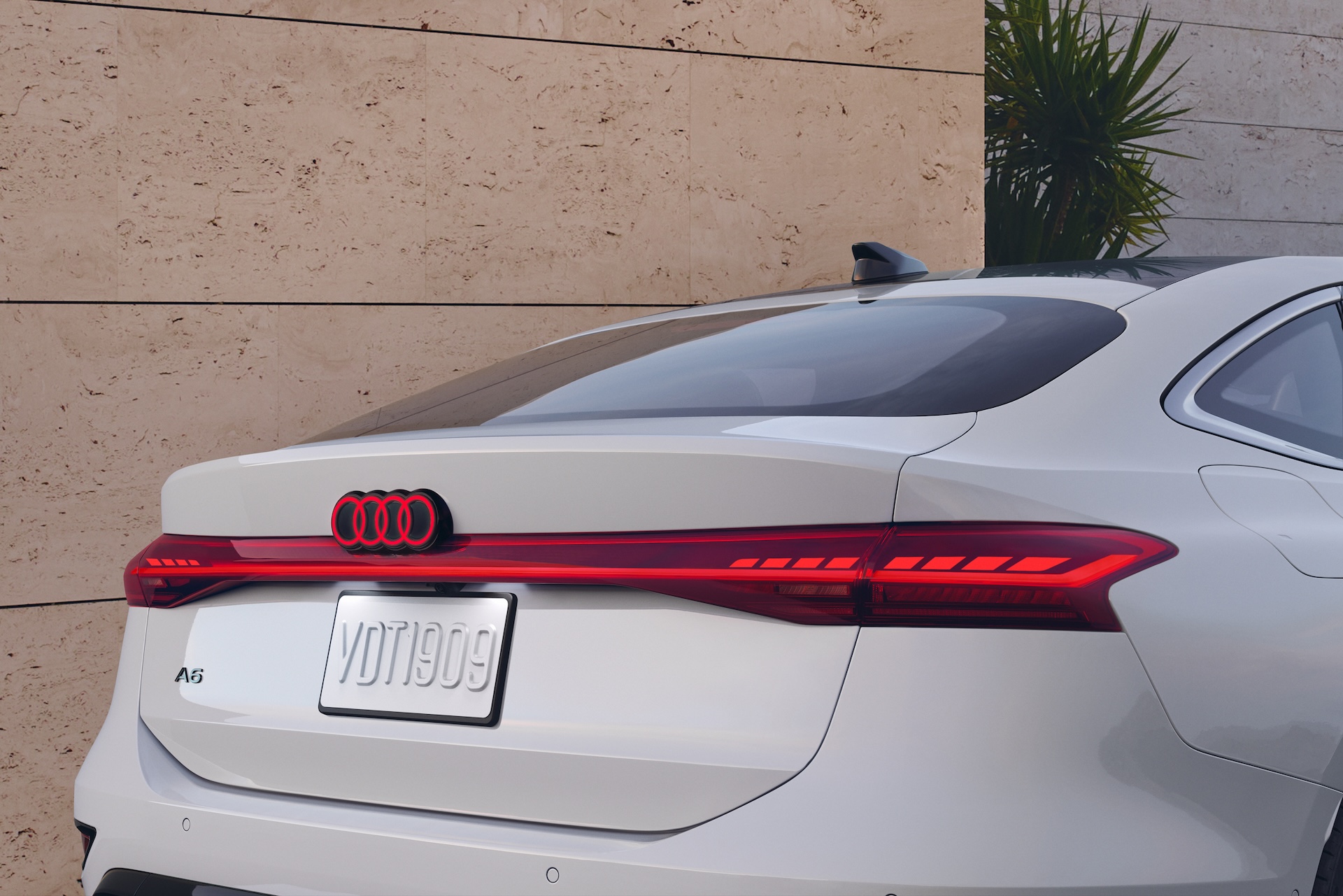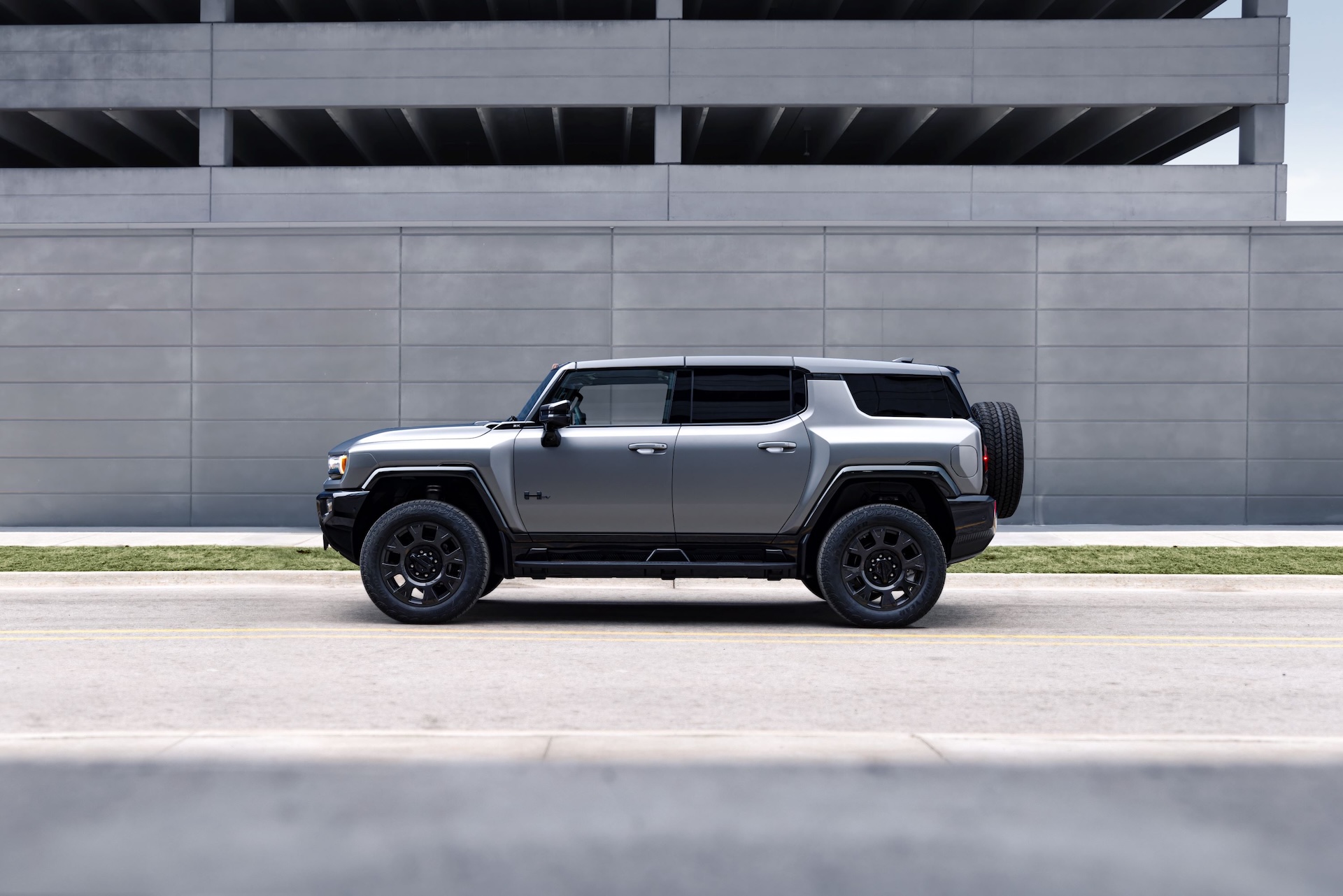
Between rolled back sales targets, rolled back product plans, and rolled back tax credits, we seem to be straying further and further from the silent, emissions-free electric car utopia once promised by lawmakers and automakers alike. As flawed as the entire trend toward full electrification and indeed some of the cars themselves might be, one of the more laughable aspects of this whole thing might just be how bad carmakers have been at naming the things.
Companies came in hot with radical, new labels and entire nomenclatures that fell flat, confused potential buyers, and ultimately, got abandoned. Here’s every one of those ambitious EV naming schemes that have been phased out… so far.
Toyota bZ
Instead of, say, capitalizing on the immense value of “Prius,” Toyota decided to call its first current-era U.S.-market EV the bZ4X, with “bZ” standing for “beyond zero” (it might as well have stood for “buzzword”) and being the brand’s standard prefix for future electric Toyotas. From the jump, this was a terrible name, as evidenced by the fact that the just-facelifted version of the car has already dropped the “4X” part of the moniker. A Toyota exec also confirmed to CarBuzz this week that the company would indeed start to move away from the “bZ” thing entirely, at least stateside, in favor of “existing names in our portfolio for brand recognition and name recognition.”

Volkswagen ID
Similar to Toyota’s “bZ” setup, Volkswagen has so far denoted every one of its EVs with the “ID” tag. There’s the ID 4 crossover and the ID Buzz bus in the U.S., while the ID 3 hatchback, ID 5 and 6 crossovers, and ID 7 sedan hold down the fort overseas. Just last week, however, a board member said that the company would ditch this convention in favor of “proper names.” Think Polo, Jetta, or Golf, but just, y’know, electric.
The ID series gets extra bonehead points for being annoyingly inconsistent with its stylized dots and spaces when the names appear in VW literature. (It’s “ID. Buzz” but “ID.4,” but I swear I’ve seen “ID.Buzz” before and also “I.D. Buzz”) Extremely helpful for online publishing and search engine optimization!

Mercedes-EQ
When Mercedes first started cooking up its EV strategy in 2016, it originally planned to have “Mercedes-EQ” be its own subbrand, a bit like how Mercedes-AMG is (on paper, at least) its own thing. That never happened, and recent electric Benzes have even pushed the “EQ” portion of their names back. Rather than “EQG,” the electric G-Class is officially called the G580 With EQ Technology—no, really, that is its formal name—while the new, electric CLA‘s government name is CLA With EQ Technology. That said, both Mercedes and the automotive press seem to use those full names pretty rarely, and there isn’t really any physical “EQ” badging on the cars themselves. To most people, they’re just the CLA and the electric G-Wagen. Now, was that so hard?

Audi’s Even/Odd Thing
In early 2023, Audi decided that going forward, odd-numbered models (A3, A5, A7) would be gas cars while even models (A4, A6, A8) would be electric. As a result, the new-gen A4 sedan, one of Audi’s most popular models and one with quite a bit of name recognition, would henceforth be known as the A5 since it was not yet an EV.
Besides the unnecessary changing of names people have gotten used to hearing for decades, the even-odd setup’s seemingly arbitrary EV-gas designation made it one of those binary distinctions that’s hard to remember in practice. Like which side of the styrofoam takeout box is the top and which is the bottom; or which way the USB-A charger is supposed to plug in; or which Tokyo airport is the one close to the city—HND or NRT? I have to Google it every time. In the process of writing this story, for example, I had to check, like, five different times that I had the even-odd, gas-electric setup correct.

Quick, without scrolling back up two paragraphs: Which were the electric Audis, even or odd? See? You’ve already forgotten.
In any case, Audi abandoned that naming scheme earlier this year, opting to add an “E-Tron” suffix to the names of its electric cars.
Honorable Mention: GM Ultium
While it was never the actual name of a car or series of cars, General Motors’ battery and electric powertrain moniker “Ultium” arguably deserves a place on this list. It sounded cool, I’ll give it that, but it seemed to get axed with about as much rhyme and reason as it had for ever being a thing in the first place.
Underpinning GM EVs from the Equinox to the Hummer, Ultium was introduced in 2020 and mentioned pretty consistently in GM EV marketing and press materials. Late last year, the name was dumped as the company pledged to move away from a “one-type-fits-all” approach to batteries.

Got a tip or question for the author? You can reach him here: [email protected]
